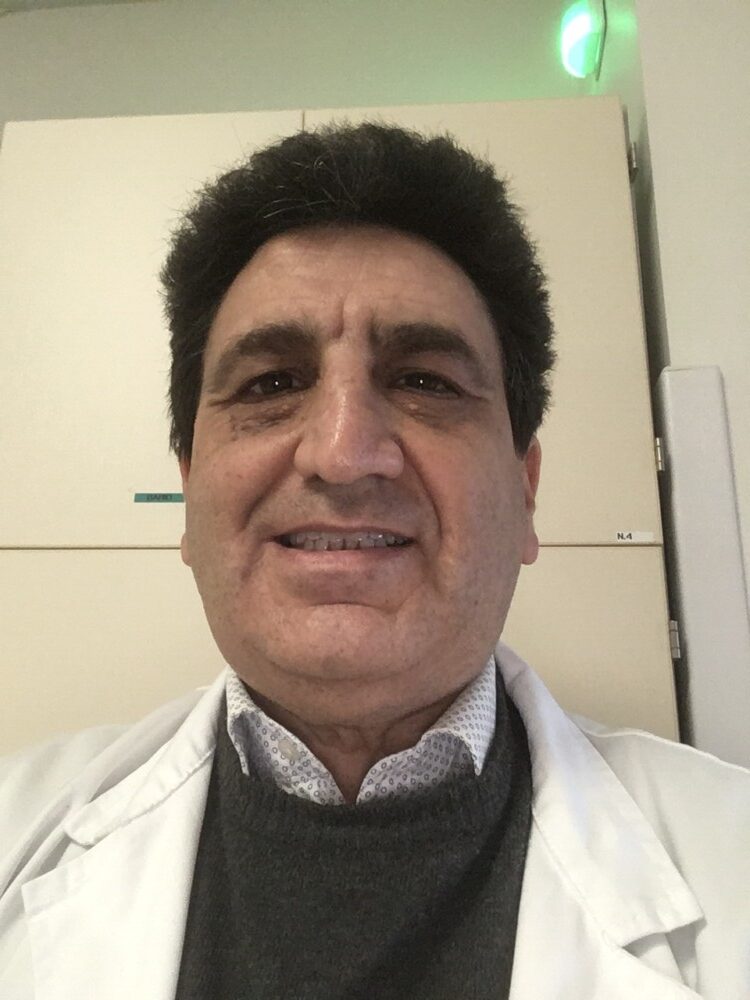Abstract
The development of acute kidney injury (AKI) in polytrauma patients is a common and serious complication, with an incidence ranging from 6% to 50%.
Polytrauma is a complex pathological condition that involves the collaboration of various specialists. On one hand, hemodynamic stabilization through fluid therapy and aminic support, with specific attack protocols, managed by anesthetists.
On the other hand, if necessary, the initiation of renal replacement therapy such as Continuous Renal Replacement Therapy (CRRT), managed by nephrologists.
CRRT is chosen both for managing fluid balance and ensuring the removal of toxic substances, as well as for proper control of electrolytes and acid-base balance.
Keywords: Acute Kidney Injury, Polytrauma, Continuous Renal Replacement Therapy





